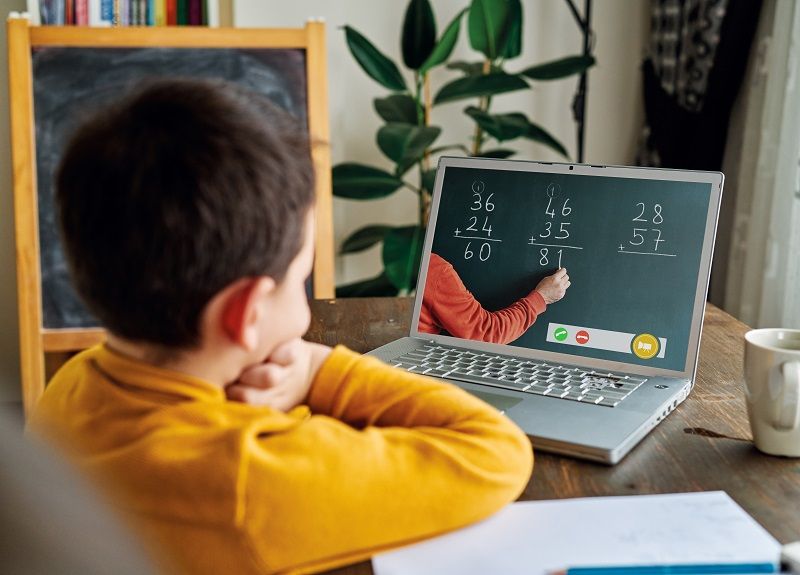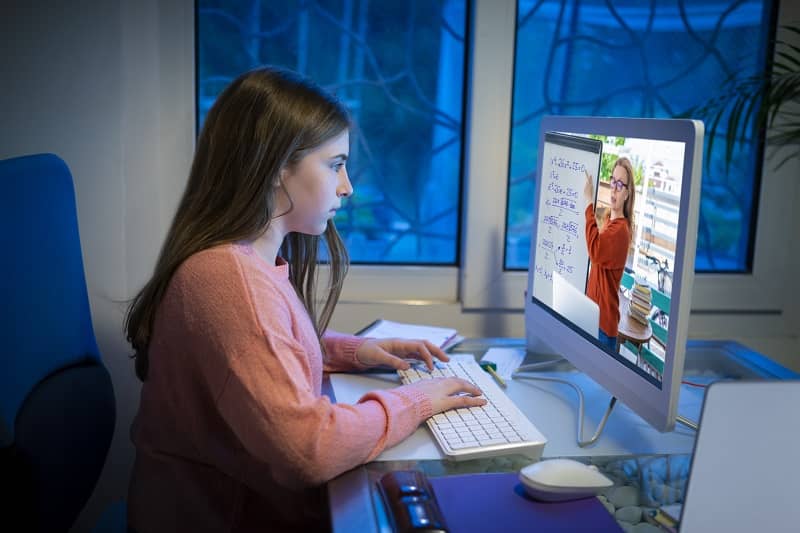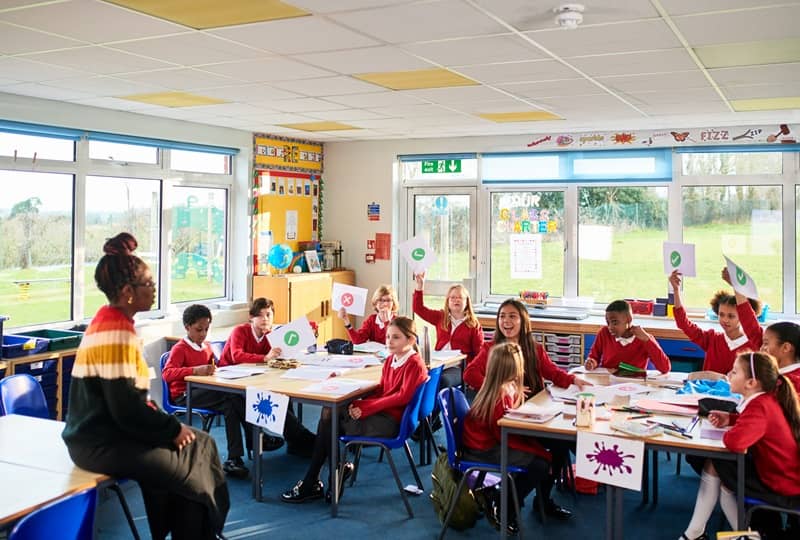By Stephanie Linn
“So that the record of history is absolutely crystal clear, that there is no alternative way so far discovered of improving the lot of the ordinary people that can hold a candle to the productive activities that are unleashed by the free-enterprise system.”
―Milton Friedman
That quote from Dr. Friedman speaks to how evidence and inquisitiveness truly drove the Nobel laureate’s work—and how open he was to change, even if it involved an idea he supported…or created.
The “father of school choice” accurately predicted the modern voucher programs in Ohio and Wisconsin would spread to other states as vouchers demonstrated their effectiveness. Evidence, anecdotal and empirical, from such programs have ignited the interest of parents nationwide to demand similar opportunities for their children. Two decades after Friedman’s prediction, there are 51 school choice programs in 24 states and Washington, D.C.
Historically, vouchers have been the “face” of school choice and the most effective means of delivering education “so far discovered.” But with the advent of a new type of school choice—which might not even involve actual schools—that could change. And, for Friedman, that would be okay.
“Vouchers are not an end in themselves,” Friedman wrote. “The purpose of vouchers is to enable parents to have free choice, and the purpose of having free choice is to provide competition and allow the educational industry to get out of the 17th century and get into the 21st century.”
“Why not add partial vouchers?” Friedman asked. “Why not let (parents) spend part of a voucher for math in one place and English or science somewhere else.”
Education savings accounts (ESAs) do exactly that—and more—which is why the newly discovered ESAs best represent and drive Dr. Friedman’s vision for American education.
ESAs came into existence in 2011, when Arizona policymakers, with the help of the Goldwater Institute, enacted what are called Empowerment Scholarship Accounts. The ESA program allows parents to purchase a range of educational services, including therapies, tutoring, books, curriculum, and online learning programs for their child, using a portion of the funds that would have been spent on his or her public schooling.
Thanks to that policy in Arizona, we now have a customizable education system similar to what Dr. Friedman proposed toward the end of his life. Take, for example, Dr. Friedman’s thinking on how students could be using computers and the internet for academic purposes, which, at the time, was relatively an outside-the-box—more like outside-the-school—approach:
“The availability of computers has changed the situation, but not fundamentally,” Friedman said. “Computers are being added to public schools, but they are typically not being used in an imaginative and innovative way.…Innovative uses of computers and the internet would offer new paths to learning.”
Arizona’s ESAs are doing exactly that: Using data from the Arizona Department of Education, Lindsey Burke found that 34.5 percent of Arizona parents use ESAs to purchase multiple educational services to accommodate their children’s’ diverse needs. That is, they did not limit their children’s education to a traditional school building. Parents purchased online learning programs, tutors, therapies, and more. In their current form, vouchers and tax-credit scholarships, although valuable and effective for many families, do not allow such customization.
And Arizona parents have reported they are grateful for the flexibility ESAs afford them and the resulting improvement in their children’s lives. In fact, 90 percent of families reported they are “highly satisfied” or “satisfied” with the program (the remaining 10 percent were “somewhat satisfied”; none were dissatisfied). That is significant, considering 49 percent of families using ESAs were not happy with the services and educational opportunities afforded to their children in public school before they started using the ESA program.
Given the success of Arizona’s ESAs, it should come as no surprise more states are considering similar programs. It’s Dr. Friedman’s voucher prediction all over again: As such programs demonstrate their effectiveness, they spread.
In 2014, Oregon―along with eight other states―introduced ESA proposals. The most significant news this year came out of Florida, which last month became the second state in the nation to adopt ESAs. The Florida Personal Learning Savings Accounts will give children with special needs the opportunity to receive educational services outside of a traditional public or private schoolhouse setting. Florida families may soon experience the transformational power of customizable school choice programs in the same way ESAs have changed the lives of one Arizona family, the McMurrays.
Lynn and Tim McMurray’s youngest daughter, Alecia, now receives occupational therapy and other educational services using an ESA. Alecia’s sister, Valerie, has a mild form of cerebral palsy, which Lynn and Tim are able to treat via one-on-one tutoring, made possible by an ESA. Valerie has become so enthusiastic about her education that she will stop people on the street and tell them what she is learning, for which her mom is incredibly grateful.
“The freedom ESAs give our family is the biggest blessing ever,” Lynn said.
Oregon’s proposed ESA program could offer that same opportunity by giving parentsthe ability to find new ways to meet their children’s needs. That is why ESAs so effectively speak to Milton Friedman’s vision for education and its future: the freedom to choose and discover, both of which, together, improve the lot of everyday people.
Stephanie Linn is State Programs and Government Relations Director at the Friedman Foundation for Educational Choice. She is a guest contributor at Cascade Policy Institute, Oregon’s free market public policy research organization.











